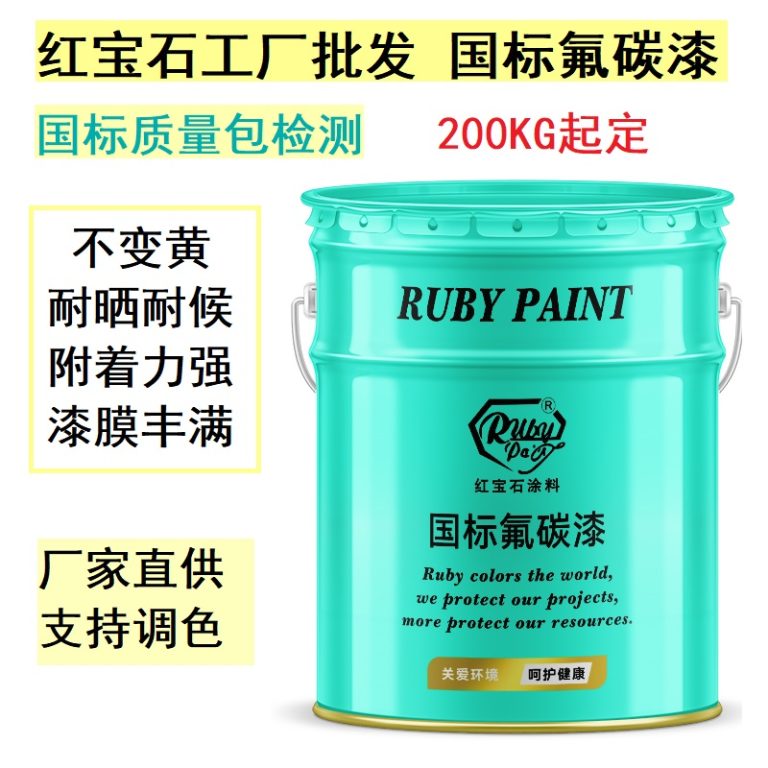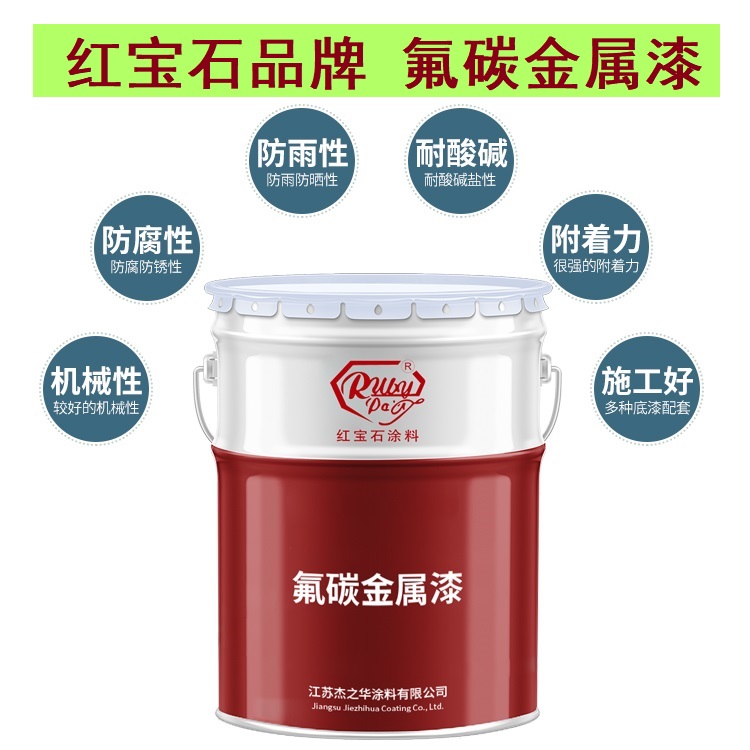Table of Contents
The Ultimate Guide to Painting Over Epoxy Resin Surfaces
Epoxy resin, a durable and versatile polymer, is renowned for its robustness and glossy finish, making it a popular choice for a myriad of applications ranging from floor coatings to art projects. However, the question often arises: Is epoxy resin paintable? The answer is affirmative, but the process requires meticulous preparation and the right approach to ensure a successful outcome.
When considering painting over epoxy resin, it is crucial to understand the surface characteristics. Epoxy resin cures to a hard, non-porous finish that can resist chemicals and abrasion. This resilience, while beneficial for many uses, can pose a challenge when applying paint, as the surface does not readily allow for adhesion. To overcome this, the surface must be properly prepared to receive a new layer of paint.
The first step in the preparation process is to clean the epoxy resin surface thoroughly. Any contaminants such as oils, waxes, or dust can prevent paint from adhering correctly. A clean surface ensures that the paint will have the best possible chance to bond with the epoxy. After cleaning, the surface should be sanded. Sanding creates micro-abrasions that provide “tooth” for the paint to grip onto. It is recommended to use fine-grit sandpaper to avoid creating deep scratches that could be visible after painting.
Once the surface is sanded and wiped clean of any dust, a primer should be applied. A primer serves as an intermediary layer that enhances the adhesion of paint to the epoxy resin. It is essential to select a primer that is compatible with both the epoxy resin and the type of paint being used. Epoxy-based primers are often a good choice as they are specifically designed to work with epoxy surfaces. Applying a primer also ensures that the paint color remains true and does not become altered by the underlying epoxy.
After the primer has been applied and allowed to dry according to the manufacturer’s instructions, it is time to move on to painting. When selecting paint, it is important to choose a type that is suitable for the intended use of the epoxy-coated item. For example, if the item will be exposed to outdoor conditions, a paint that is UV resistant and capable of withstanding the elements should be used. For indoor items, a wide range of paints can be suitable, but it is still important to choose one that will adhere well to the primed epoxy surface.
When applying the paint, it is advisable to use multiple thin coats rather than a single thick coat. Thin coats dry more evenly and are less likely to run or sag, resulting in a smoother finish. Each coat should be allowed to dry completely before applying the next. This patience in layering ensures a professional-looking finish that is both durable and aesthetically pleasing.
In conclusion, while epoxy resin surfaces present certain challenges for painting, these can be overcome with proper preparation and technique. By cleaning, sanding, priming, and carefully selecting and applying paint, one can successfully paint over epoxy resin. This process not only extends the life of the epoxy-coated item but also provides an opportunity to refresh its appearance or customize it to one’s personal taste. With the right approach, painting over epoxy resin can yield excellent results, making it a valuable skill for both DIY enthusiasts and professional artisans alike.
Top Techniques for Applying Paint on Epoxy Resin Coatings
Is Epoxy Resin Paintable? Top Techniques for Applying Paint on Epoxy Resin Coatings
Epoxy resin, a durable and versatile polymer, is widely used for a variety of applications, from flooring to art projects. Its glossy finish and robust nature make it a popular choice for protective coatings. However, there comes a time when one might wish to alter the appearance of an epoxy-coated surface, whether for aesthetic reasons or to refresh an aging coat. The question then arises: is epoxy resin paintable? The answer is affirmative, but the process requires careful preparation and execution to ensure a successful outcome.
| No. | Name |
| 1 | Industrial paint |
To begin with, it is essential to understand that epoxy resin surfaces are non-porous and slick, which means that most paints will not adhere well without proper surface preparation. The key to painting over epoxy resin is to create a surface that the paint can grip onto. This is typically achieved by sanding the epoxy coating with fine-grit sandpaper. Sanding creates micro-abrasions on the surface, providing “tooth” for the paint to latch onto. It is crucial to sand the surface evenly and thoroughly, followed by cleaning off any dust or debris, as these can prevent paint from adhering and result in an uneven finish.
Once the surface is prepped, the next step is to apply a primer. A primer acts as an intermediary layer that bonds to both the sanded epoxy and the paint, further ensuring that the paint adheres properly. It is advisable to use a primer that is compatible with both the epoxy and the type of paint you intend to use. Epoxy-specific primers or high-adhesion primers designed for glossy surfaces are typically recommended. After applying the primer, it should be allowed to dry completely according to the manufacturer’s instructions.
When it comes to choosing paint, not all types are suitable for coating epoxy resin. Water-based acrylics and latex paints are often preferred for their ease of use and cleanup. However, oil-based paints can also be used for their durability and resistance to wear. Whichever type of paint is chosen, it should be applied in thin, even coats to prevent drips and ensure a smooth finish. Multiple coats may be necessary to achieve the desired opacity and finish, with adequate drying time between each layer.
For those seeking a more durable and resistant finish, two-component paints, such as polyurethane or epoxy-based paints, can be used. These paints are more resilient and are often used in high-traffic or industrial settings. They can be more challenging to work with due to their chemical composition and the need for precise mixing, but the results are typically long-lasting and highly resistant to chemicals and abrasion.
In addition to the technical aspects of painting over epoxy resin, it is also important to consider the environment in which the painting will take place. The area should be well-ventilated, and appropriate safety gear, such as masks and gloves, should be worn to protect against fumes and skin contact with potentially hazardous materials.
In conclusion, while epoxy resin can indeed be painted over, the process demands meticulous preparation and careful application of materials. By sanding the surface, applying a suitable primer, and choosing the right type of paint, one can successfully paint over an epoxy resin coating, giving it a fresh new look or improved functionality. With the proper techniques, the painted epoxy surface can be both aesthetically pleasing and enduring, serving its purpose for years to come.
Choosing the Right Paint for Your Epoxy Resin Projects
Is Epoxy Resin Paintable? Choosing the Right Paint for Your Epoxy Resin Projects
Epoxy resin, a durable and versatile polymer, is widely used in various applications ranging from art and crafts to industrial flooring. Its popularity stems from its high resistance to wear and tear, chemical corrosion, and its ability to form a strong bond with a multitude of surfaces. However, when it comes to customizing or refreshing the appearance of an epoxy resin surface, one may wonder about the compatibility of paint with this material. The question of whether epoxy resin is paintable is not merely a yes or no query; it requires an understanding of the type of paint and the preparation process involved to ensure a successful and lasting finish.

Firstly, it is essential to recognize that epoxy resin can indeed be painted, but the success of this endeavor largely depends on the type of paint chosen and the surface preparation. Epoxy resin surfaces are non-porous and can be slick, which means that without proper preparation, paint may not adhere well, leading to peeling or chipping over time. To circumvent this issue, the surface must be thoroughly cleaned and sanded to create a rough texture for the paint to grip onto. Cleaning should remove any contaminants such as oils, while sanding should be done with fine-grit sandpaper to avoid creating deep scratches that could be visible after painting.
Once the surface is prepped, selecting the right type of paint is crucial. Epoxy resin surfaces are best painted with either epoxy-based paints or two-component urethane paints. These paints are specifically designed to adhere to epoxy and other non-porous surfaces, providing a durable coat that can withstand the same conditions as the resin itself. Epoxy-based paints, in particular, will chemically bond with the existing epoxy surface, ensuring a robust and long-lasting finish.
It is also possible to use acrylic or latex paints on epoxy resin, but these require a primer to ensure proper adhesion. A primer designed for use on non-porous surfaces will create a suitable base for the paint to adhere to. When using these types of paints, it is even more critical to ensure that the surface preparation is done meticulously, as the bond will be mechanical rather than chemical.
In addition to choosing the right type of paint, one must also consider the application method. Brushes, rollers, and spray guns are all viable options, but each has its own set of advantages and considerations. Brushes and rollers can leave a textured finish, which may be desirable in some cases, while spray guns can provide a smoother, more professional-looking surface. Regardless of the method, it is important to apply the paint in thin, even coats, allowing sufficient drying time between layers to avoid drips or bubbles.
| No. | Article Name |
| 1 | Fluoracarbon middle paint |
Finally, after painting, it is advisable to apply a clear coat over the painted surface to protect the paint and add an extra layer of durability. This clear coat should be compatible with the type of paint used and the epoxy resin underneath. It will not only protect the paint from scratches and UV damage but also enhance the overall aesthetic by providing a glossy or matte finish, depending on the product chosen.
In conclusion, epoxy resin can be successfully painted with the right preparation and choice of paint. Whether refreshing an old piece or adding a personal touch to a new project, painting epoxy resin requires careful consideration of the materials and methods involved. By following these guidelines, one can achieve a professional and lasting finish, ensuring that their epoxy resin projects stand out with both beauty and resilience.






